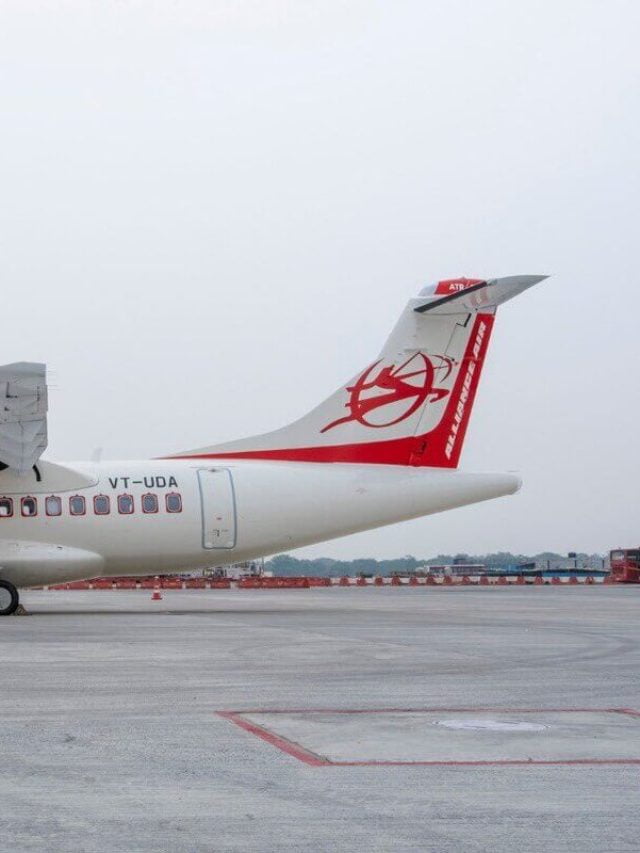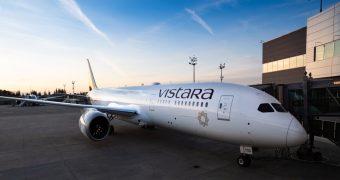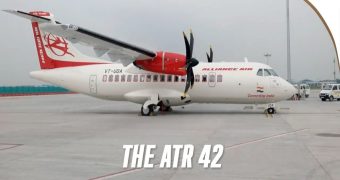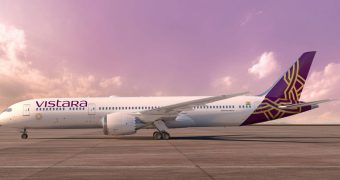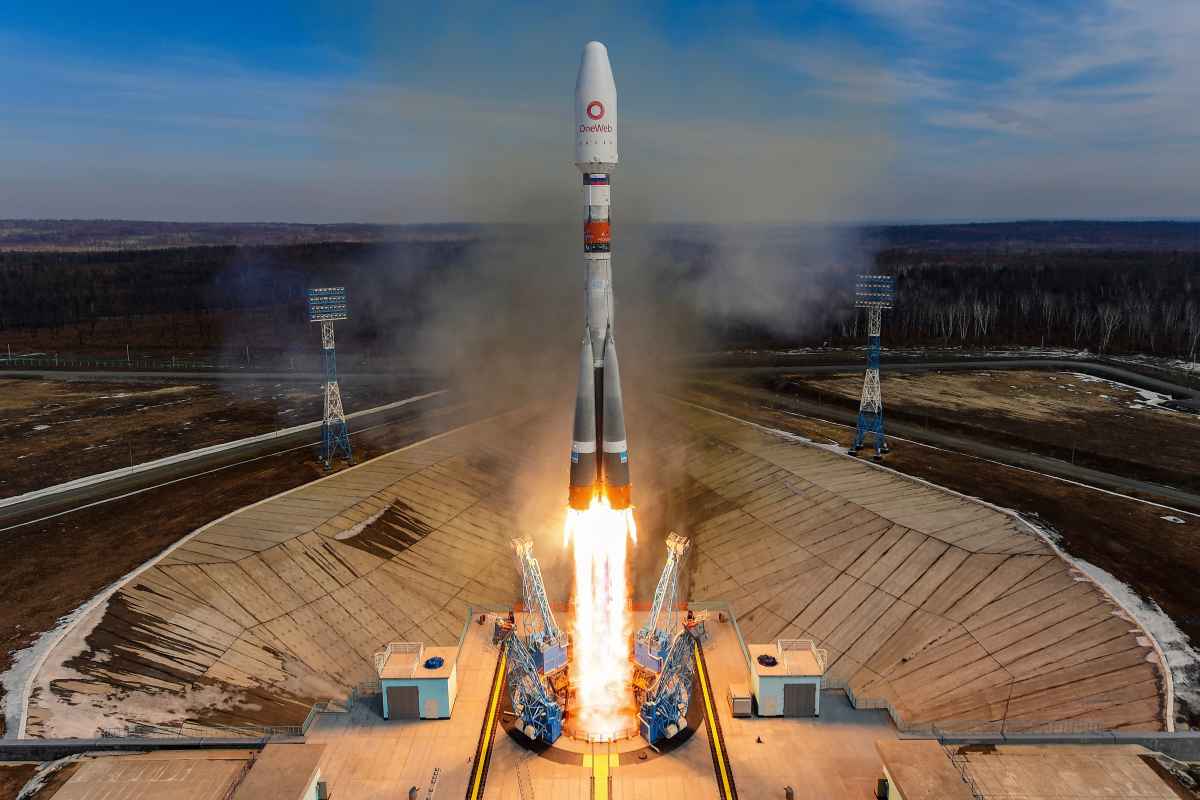
The American aerospace, arms, defence, information security, and technology corporation Lockheed Martin had plans to build a multi-purpose aircraft capable of accommodating up to 950 passengers. A paper produced by Lockheed Martin titled ‘The Future of Very Large Subsonic Transport Systems’ provides the details of the plane. The article is now in custody with NASA.
The idea behind building a ‘Very Large Subsonic Transports’, a.k.a., VLST could be that it could outperform Boeing 747 as a multi-use transporter. Airbus too launched A380 in 2005.
According to Lockheed Martin’s 30-page paper, Lockheed Martin Aeronautical Systems was probing the options of manufacturing a ‘multi-use commercial passenger, commercial cargo, and military airlifter roughly 50% larger than the current Lockheed C-5 and Boeing 747.’
The report's authors point out that the VLST’s size and expense make it impossible for it to be primarily a military project. According to the report, the development of the aircraft had to appeal to a variety of clients.
As a result, a successful VLST must address airline demands for greater passenger and cargo capacity on crowded routes into slot-limited airports and provide cost-effective heavy airlift capability to serve US military forces deployed overseas.
Some of the key technical specifications of VLST developed by Lockheed Martin Aeronautical Systems would have been the following – 1.4 million lbs of MTOW, 262 feet in length, a cargo variant capable of accommodating sixteen 40-foot containers, folding wings with a 282-foot wingspan (211 feet when folded), 3200 nautical miles of range carrying more than 400,000 lbs of payload. The massive aircraft would have been powered by four engines -- the GE90, Rolls-Royce Trent, or PW4000.
Purposes of massive VLST
The VLST may have been utilised to provide commercial passenger services with a minimum seating capacity of 650 passengers and a range of 7,000 to 10,000 miles. Commercial air freight service for containerised cargo could also be profitable to enable global manufacturing of high-value-added items. Furthermore, it might have been employed as a military airlift capable of carrying modern armament systems over international ranges (7,000 to 10,000 miles) required to reach the operating theatre without requiring overseas bases or mid-air refuelling.
Cost for development of Very Large Subsonic Transport Systems
It would have cost $8-15 billion to develop such an aircraft. This would be closer to $14-27 billion in 2021 dollars. The cost per unit was anticipated to be between $200 and $300 million, or $364 to 550 million today. This would have been more than many airlines’ annual revenues, and it was improbable that airline and leasing businesses would have been able to fund it internally.
The article on Lockheed Martin’s paper was first published by Simple Flying.
